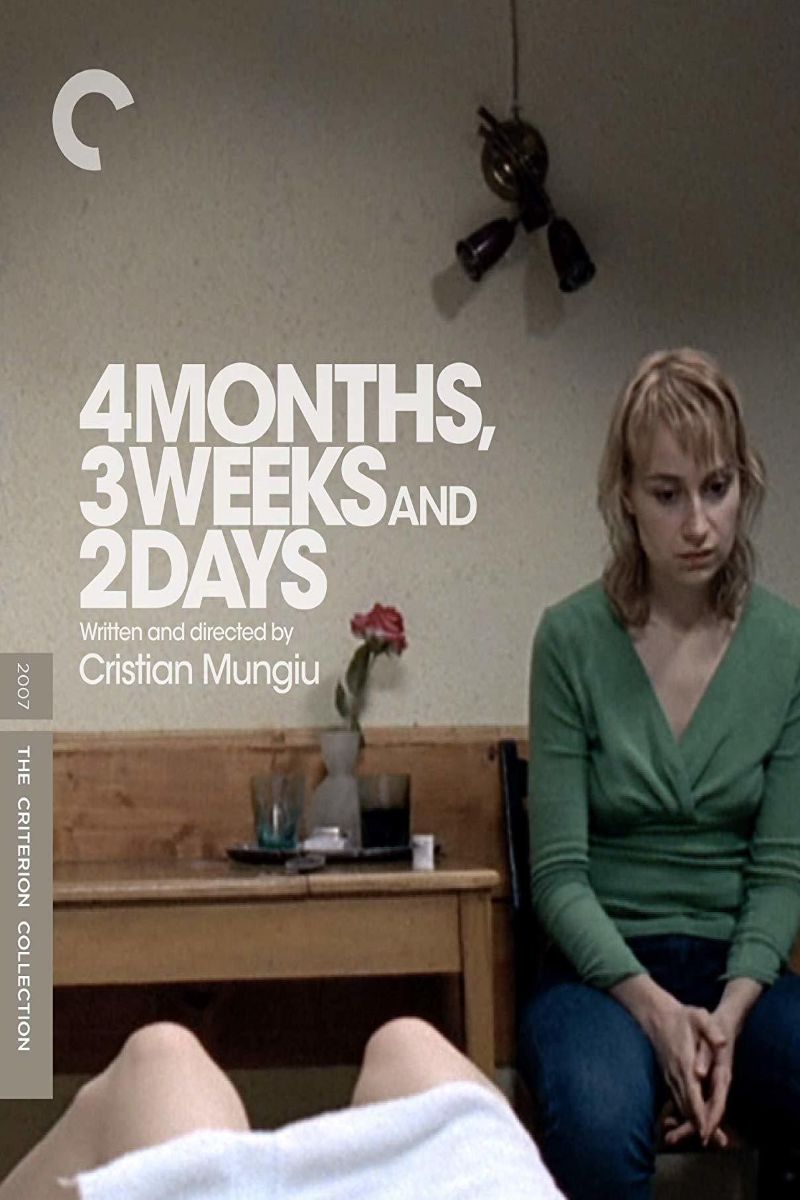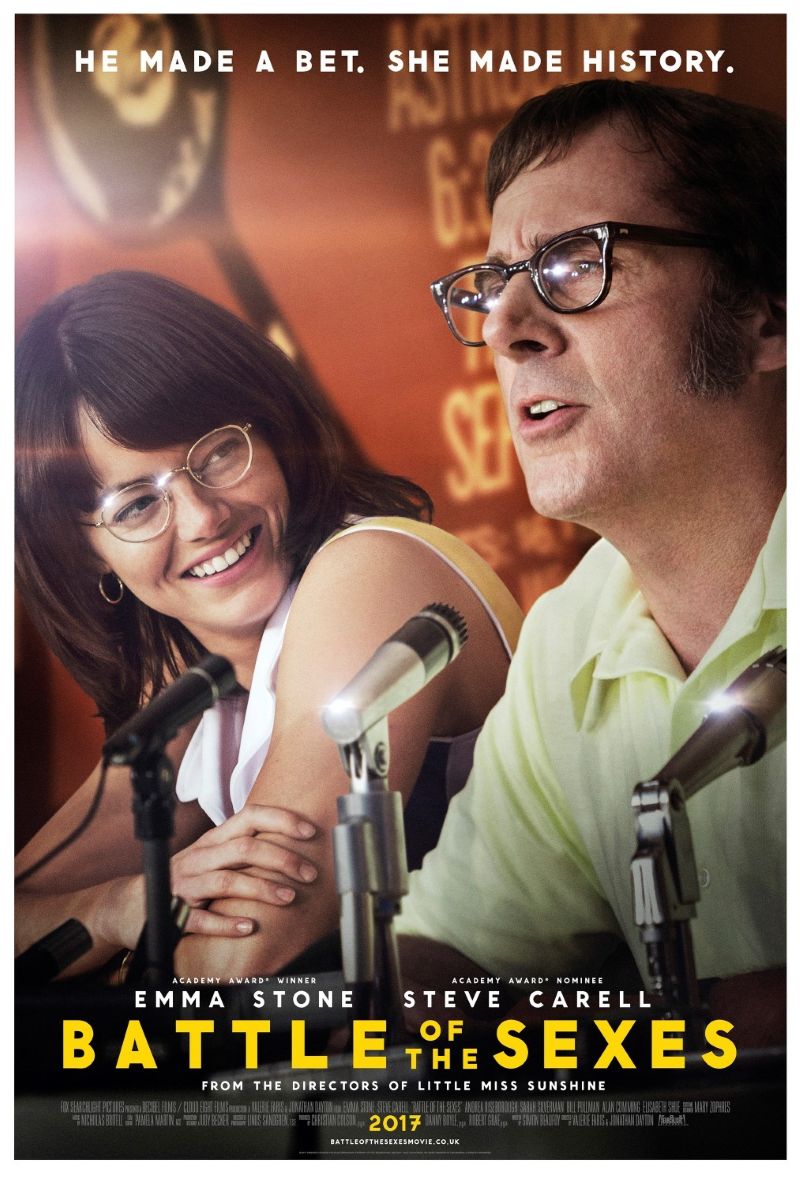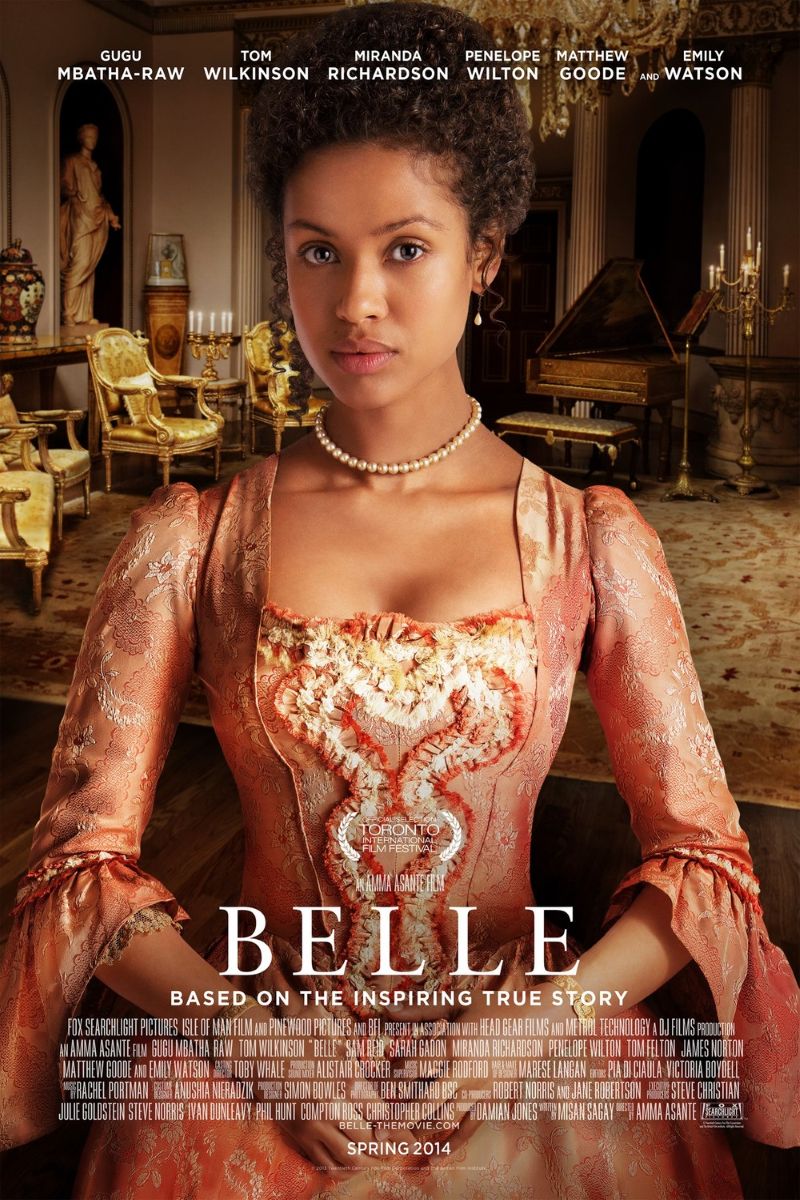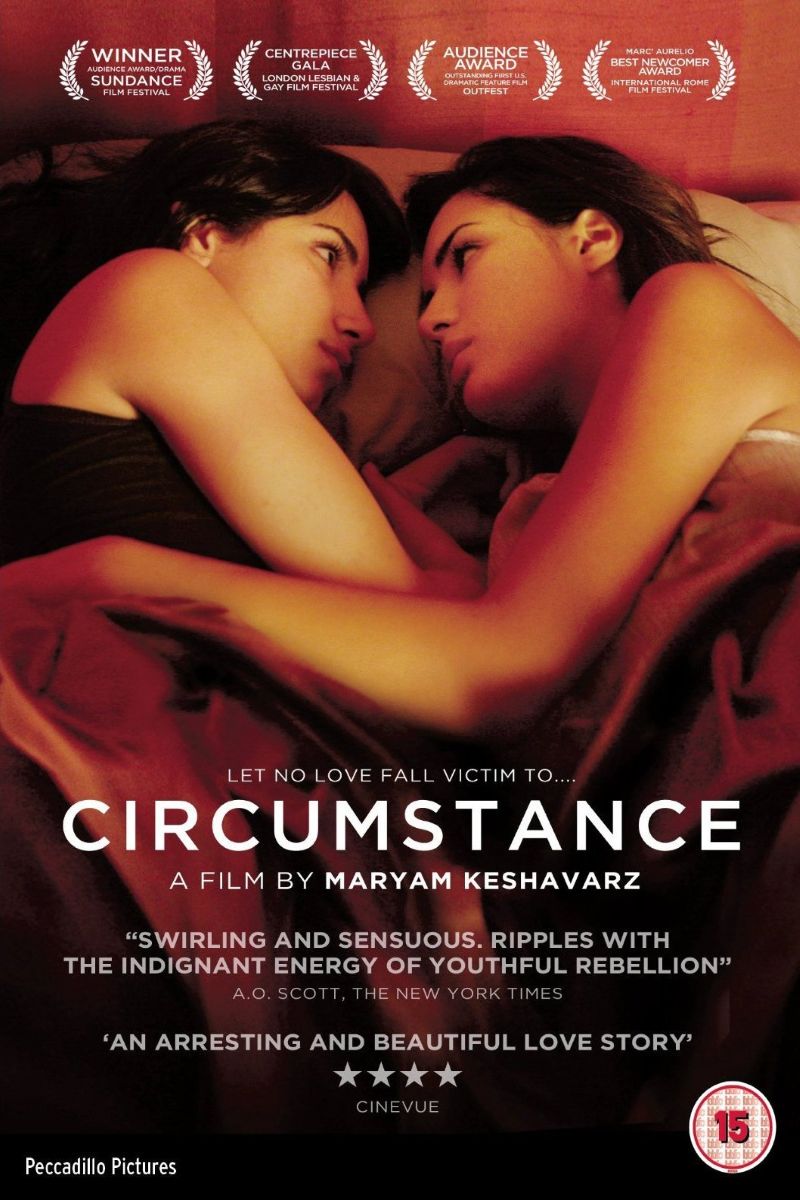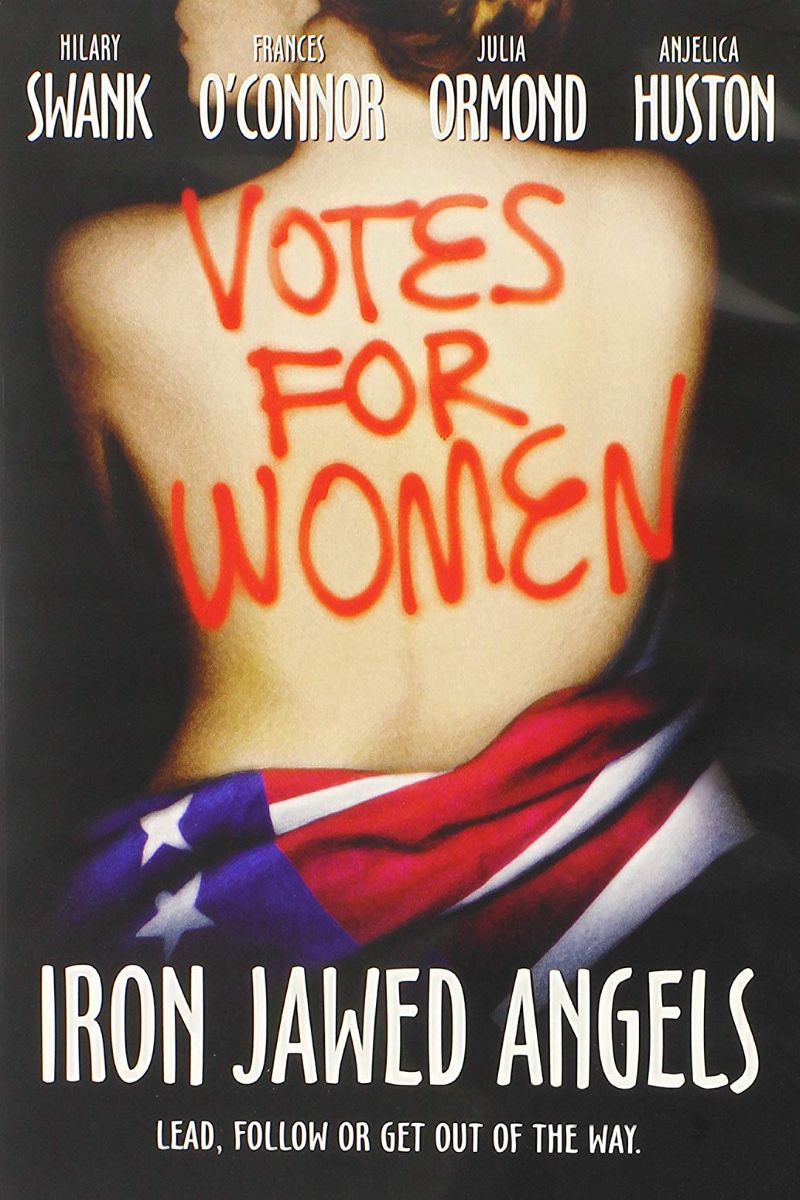
Iron Jawed Angels
Iron Jawed Angels
Katja von Garnier made this Golden Globe winner, about the women who risked their lives for the suffrage movement. It stars Hilary Swank, Anjelica Huston, and Vera Farmiga.
Cast
Related Topics
🎥 Film Analysis & Review
Katja von Garnier’s “Iron Jawed Angels” stands as a powerful testament to the courage, strategic brilliance, and unwavering determination of the women who fought for suffrage in early 20th-century America, transforming what could have been conventional historical drama into an urgent exploration of political activism, civil disobedience, and the personal costs of challenging entrenched power structures. This 2004 biographical drama demonstrates how historical filmmaking can illuminate contemporary struggles for equality while honoring the specific experiences and sacrifices of women who risked everything for future generations’ rights. Through Hilary Swank’s commanding performance as suffragist leader Alice Paul and the ensemble’s portrayal of the diverse coalition that drove the movement forward, the film creates a work that is simultaneously historically grounded and urgently relevant to ongoing fights for democratic participation and social justice. By focusing on the strategic innovations, personal relationships, and political conflicts within the suffrage movement, von Garnier reveals how social change emerges through sustained organizing, tactical creativity, and willingness to challenge both external opposition and internal disagreements.
Revolutionary Political Strategy and Nonviolent Resistance
“Iron Jawed Angels” demonstrates how effective political activism requires both moral conviction and strategic sophistication, illustrating how Alice Paul and Lucy Burns transformed American suffrage organizing through innovative tactics that challenged both government authority and established suffrage leadership. Their introduction of British-inspired militant tactics—including White House picketing, hunger strikes, and civil disobedience—represents calculated escalation designed to force political response through sustained pressure and public attention.
The film’s treatment of these tactical innovations reveals how successful social movements must balance moral principles with practical considerations about timing, public opinion, and political leverage. Paul’s decision to target President Wilson directly rather than working exclusively through traditional legislative channels demonstrates understanding of how presidential power and public symbolism can be used to advance democratic goals through sustained campaign pressure.
The portrayal of hunger strikes and prison experiences shows how personal sacrifice becomes political strategy when activists use their own bodies and freedom as tools for exposing government hypocrisy and generating public sympathy. These actions require both individual courage and collective support, demonstrating how effective activism depends on sustained community commitment rather than isolated heroic gestures.
Intergenerational Feminist Conflict and Coalition Building
The film’s exploration of tensions between Alice Paul’s National Woman’s Party and Carrie Chapman Catt’s National American Woman Suffrage Association reveals how social movements often involve strategic disagreements that reflect different assessments of political opportunity and acceptable risk rather than fundamental differences in goals or values. These conflicts demonstrate how progress requires navigation of competing approaches rather than unanimous agreement on tactics.
Anjelica Huston’s portrayal of Catt illustrates how established leaders face pressure to balance incremental progress against revolutionary change, often leading to conflicts with younger activists who view cautious approaches as inadequate to urgent circumstances. This generational tension reflects broader questions about how social movements should respond to institutional resistance and whether gradual reform or dramatic confrontation better serves long-term goals.
The film’s treatment of these internal debates demonstrates how feminist organizing involves ongoing negotiation between different strategic approaches, class perspectives, and risk tolerances rather than simple unity around shared objectives. These discussions reveal how coalition building requires acknowledgment of different positions and circumstances rather than demand for ideological conformity.
Class Dynamics and Economic Privilege in Activism
The movie’s attention to the class backgrounds of suffrage activists reveals how economic privilege both enables and constrains political activism, allowing some women to take risks that others cannot afford while potentially limiting understanding of how gender oppression intersects with other forms of inequality. Alice Paul’s upper-class background provides resources and connections that support her organizing while potentially creating distance from working-class women’s experiences.
The film demonstrates how effective activism requires acknowledgment of economic realities that affect women’s ability to participate in political organizing, from the need to support families through paid work to concerns about arrest records affecting employment opportunities. These considerations shape movement strategy and membership in ways that both enable and limit political effectiveness.
The portrayal of different women’s circumstances illustrates how feminist movements must navigate tensions between universal claims about women’s rights and particular conditions that affect different women’s abilities to exercise political agency. This complexity requires organizing approaches that acknowledge diversity of experience while maintaining focus on shared goals and opposition.
Media Strategy and Public Opinion
“Iron Jawed Angels” reveals how successful political movements must engage with media coverage and public opinion as crucial battlegrounds rather than simply focusing on legislative lobbying or grassroots organizing. The suffragists’ sophisticated understanding of visual symbolism, timing, and narrative framing demonstrates early mastery of techniques that remain essential to contemporary political communication.
The film’s treatment of newspaper coverage and public reaction shows how activists must anticipate and respond to opposition narratives while creating compelling alternative framings that appeal to broader audiences beyond committed supporters. The suffragists’ use of parades, banners, and public demonstrations reflects understanding of how political theater can generate attention and sympathy for causes that might otherwise remain invisible.
The portrayal of government response to peaceful protest reveals how authorities often escalate conflicts in ways that inadvertently support activist goals by exposing state violence and generating public sympathy for protesters. This dynamic demonstrates how strategic nonviolence can transform official repression into political opportunity through careful management of public perception and media coverage.
Personal Relationships and Political Commitment
The film explores how sustained political activism affects personal relationships, family obligations, and individual identity, illustrating both the costs and rewards of choosing public engagement over private security. Alice Paul’s dedication to suffrage organizing requires sacrifices in romantic relationships and conventional life paths while providing purpose and community that transcend individual fulfillment.
The portrayal of friendships and romantic relationships within the movement demonstrates how political work can create deep bonds based on shared values and mutual support while also generating conflicts when personal needs compete with collective goals. These relationships reveal how activism functions as both individual commitment and community practice.
The movie’s treatment of different women’s approaches to balancing political work with family responsibilities shows how feminist organizing must acknowledge diverse life circumstances and obligations rather than demanding uniform levels of commitment or sacrifice from all participants. This recognition supports sustainable activism that honors different forms of contribution.
Historical Accuracy and Contemporary Relevance
Von Garnier’s approach to historical representation demonstrates how period films can honor specific historical circumstances while highlighting themes and strategies that remain relevant to contemporary political struggles. The film’s attention to suffrage organizing techniques provides insight into how democratic participation was expanded through sustained pressure and strategic innovation rather than simple legislative process.
The movie’s portrayal of government resistance to democratic expansion reveals patterns of official opposition that continue to affect contemporary voting rights and political participation debates. The suffragists’ experiences with arrest, imprisonment, and violence demonstrate how authorities often respond to challenges to existing power structures through intimidation and force rather than democratic dialogue.
The film’s treatment of internal movement debates and strategic disagreements provides perspective on how contemporary social movements might navigate similar tensions between different approaches to political change. These historical lessons remain relevant to ongoing struggles for equality and democratic participation across different contexts and issues.
Visual Style and Cinematic Innovation
The film’s distinctive visual approach combines period authenticity with contemporary cinematographic techniques that enhance rather than distract from the historical narrative, creating accessible entry point for modern audiences while maintaining respect for historical specificity. The use of modern editing and camera movement reflects the energy and urgency of political organizing while avoiding anachronistic elements that might undermine historical credibility.
The costume design and production values create immersive historical environment that supports character development and thematic content without becoming mere spectacle or nostalgia. The attention to period details in clothing, architecture, and social customs provides context for understanding how gender roles and social expectations constrained women’s political participation.
The film’s integration of archival footage and historical documents with dramatic narrative creates documentary authenticity that enhances rather than competes with the fictional elements, demonstrating how historical drama can serve educational purposes while maintaining entertainment value and emotional engagement.
Performance and Character Development
Hilary Swank’s portrayal of Alice Paul achieves remarkable balance between personal vulnerability and political determination, showing how leadership requires both strategic intelligence and emotional resilience in the face of sustained opposition and criticism. Her performance avoids both hagiography and cynicism by presenting Paul as complex individual whose political commitments emerge from genuine conviction rather than simple ambition or ideological rigidity.
Frances O’Connor’s Lucy Burns provides crucial counterpoint to Paul’s intensity through portrayal of collaborative leadership style that emphasizes coalition building and mutual support rather than individual prominence. Their partnership demonstrates how effective activism depends on complementary skills and shared commitment rather than single charismatic leader.
Anjelica Huston’s Carrie Chapman Catt creates nuanced portrait of established leadership facing challenge from younger activists, avoiding both dismissal of cautious approaches and uncritical celebration of militant tactics. Her performance reveals how strategic disagreements often reflect different assessments of political opportunity rather than fundamental differences in commitment or values.
Prison Experience and State Violence
The film’s unflinching portrayal of the suffragists’ imprisonment and forced feeding demonstrates how government authorities use violence and intimidation to suppress democratic organizing, revealing the costs that activists face when challenging entrenched power structures. These scenes illustrate how personal courage becomes political strategy when activists refuse to accept treatment designed to break their commitment to collective goals.
The treatment of hunger strikes and medical force-feeding shows how women’s bodies become sites of political conflict when authorities attempt to control activist behavior through physical coercion. These experiences reveal how feminist resistance often involves reclaiming bodily autonomy as form of political agency rather than simply advocating for abstract rights.
The portrayal of solidarity among imprisoned suffragists demonstrates how shared hardship can strengthen rather than weaken political commitment when supported by community bonds and shared purpose. These relationships illustrate how activism creates alternative forms of family and support that sustain individuals through difficult circumstances.
Democratic Theory and Voting Rights
“Iron Jawed Angels” contributes to broader understanding of how democratic participation has been expanded through sustained organizing and strategic pressure rather than natural evolution or benevolent leadership. The suffragists’ recognition that voting rights must be won through political struggle rather than granted through appeals to fairness provides insight into ongoing debates about democratic access and representation.
The film’s treatment of constitutional interpretation and legal strategy reveals how civil rights advances require both grassroots organizing and institutional expertise, demonstrating how effective movements must work simultaneously on multiple levels to achieve lasting change. The combination of street protests and congressional lobbying illustrates how successful activism integrates different tactical approaches.
The movie’s exploration of how voting rights expansion affects not just individual women but entire political system provides perspective on contemporary debates about electoral participation, representation, and democratic legitimacy. The suffragists’ understanding that political inclusion requires ongoing vigilance rather than one-time achievement remains relevant to current struggles for voting access.
Contemporary Political Lessons
The film’s portrayal of suffrage organizing provides valuable insights for contemporary political movements seeking to understand how sustained pressure and strategic innovation can overcome institutional resistance to democratic expansion. The suffragists’ combination of moral clarity and tactical flexibility offers model for how principles can guide strategy without becoming rigid ideology.
The movie’s treatment of media strategy and public opinion management remains relevant to contemporary activism that must navigate complex information environments and competing narratives about political change. The suffragists’ understanding of how to use official opposition to generate sympathy and support provides lessons for modern movements facing similar challenges.
The film’s exploration of coalition building and internal debate offers perspective on how contemporary movements might balance unity with diversity of approach and experience. The suffragists’ ability to maintain focus on shared goals while acknowledging different circumstances and strategies provides model for sustainable activism that honors complexity rather than demanding conformity.
Conclusion: Legacy and Ongoing Struggle
“Iron Jawed Angels” achieves lasting impact through its demonstration that democratic progress requires sustained organizing, strategic innovation, and willingness to challenge both external opposition and internal complacency. Katja von Garnier’s direction and the ensemble cast create work that honors historical specificity while illuminating universal themes about political engagement, personal sacrifice, and collective action that transcend particular historical moments.
The film’s greatest achievement lies in its illustration of how voting rights were won through strategic activism rather than granted through benevolent leadership, providing crucial perspective on how democratic participation must be continuously defended and expanded rather than taken for granted. The suffragists’ example demonstrates how effective organizing requires both moral conviction and practical intelligence applied consistently over extended periods.
Through its combination of historical accuracy, political sophistication, and emotional authenticity, “Iron Jawed Angels” stands as testament to the ongoing relevance of the suffragists’ example for contemporary struggles for equality and democratic participation. The film proves that historical drama can serve both educational and inspirational purposes while maintaining artistic integrity and entertainment value, creating work that honors the past while serving present and future needs for political engagement and social justice.
🏆 Awards & Recognition
- • Golden Globe Best Supporting Actress (Anjelica Huston)
- • Golden Globe Best Mini-Series nomination
- • Golden Globe Best Actress nomination (Hilary Swank)
- • Emmy nominations (5)
- • ASC Award Outstanding Cinematography
- • Golden Satellite Award winner
⭐ Ratings & Links
Related Recommendations
Comments & Discussion
Discuss this video with other viewers
Join the Discussion
Discuss this video with other viewers
Loading comments...
